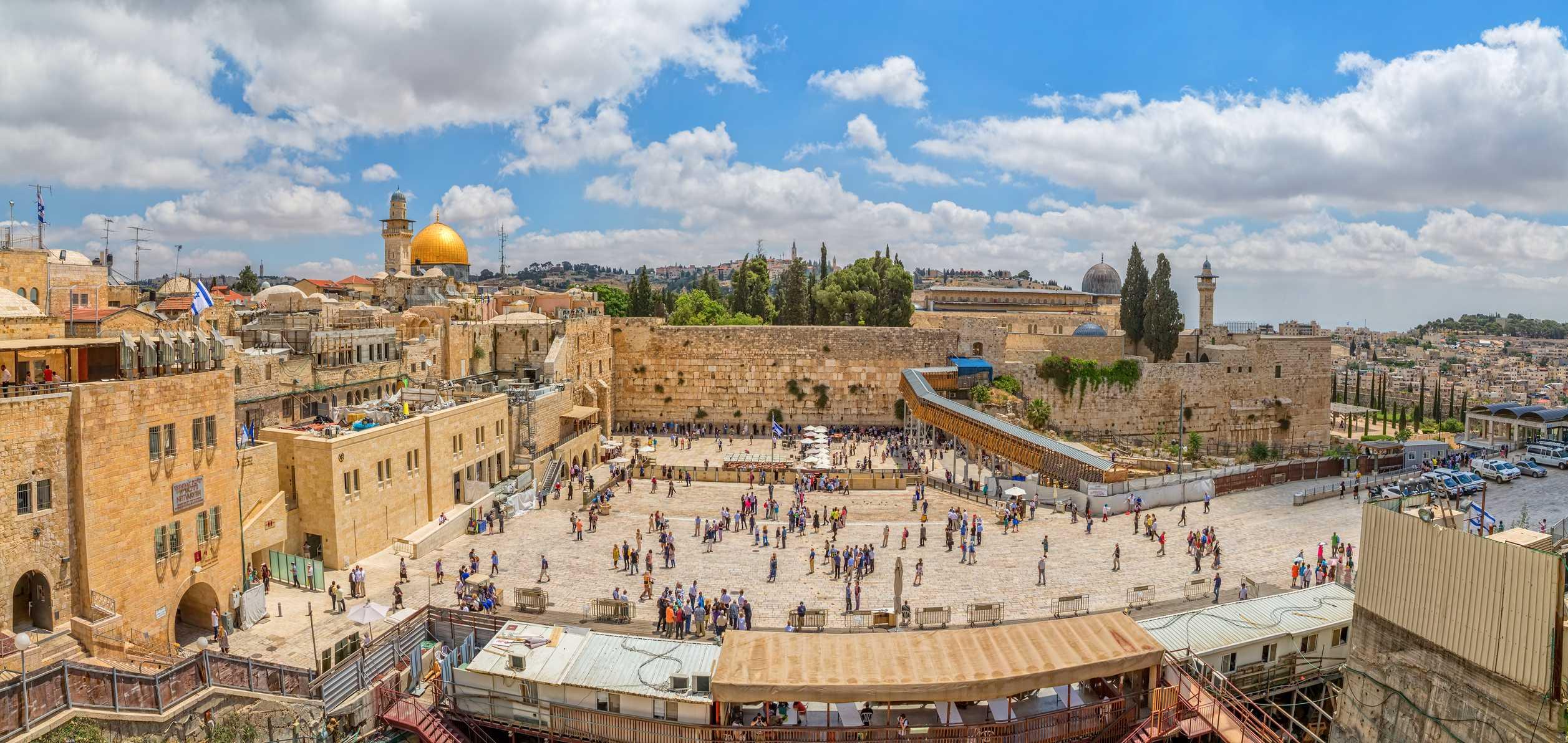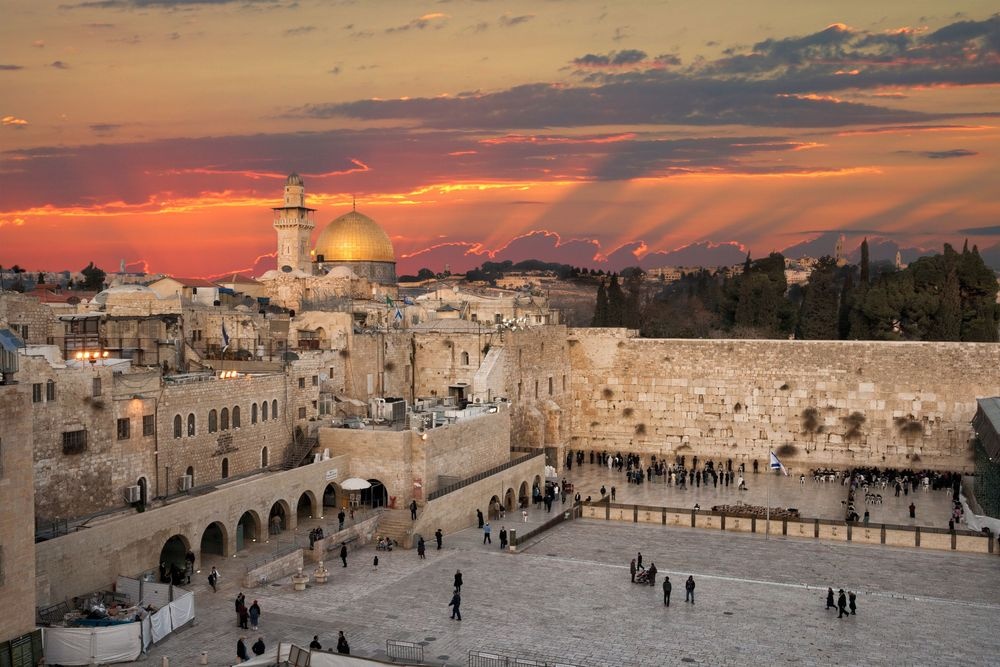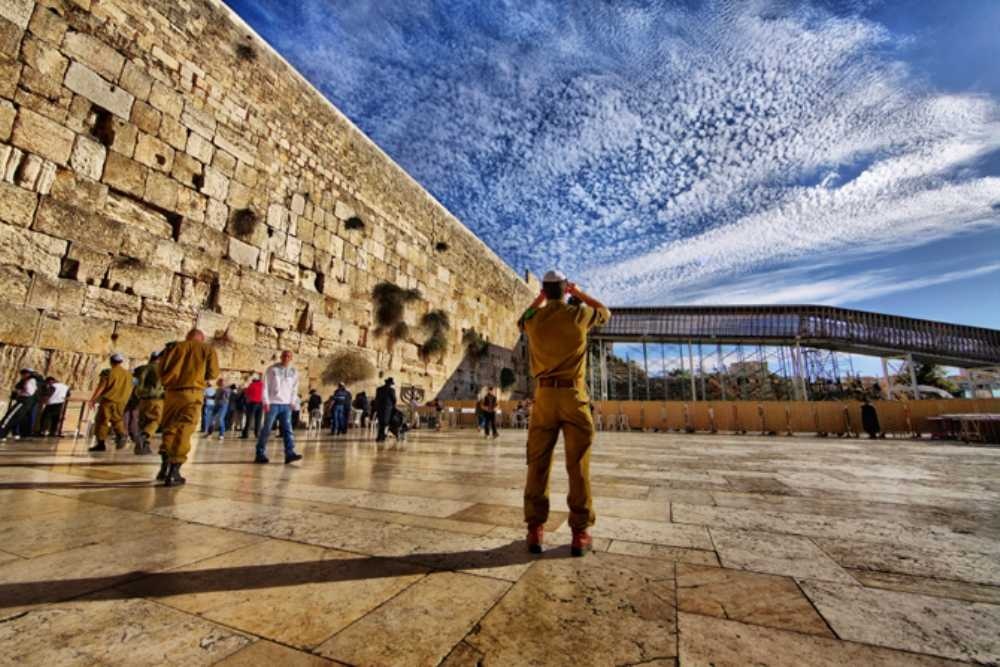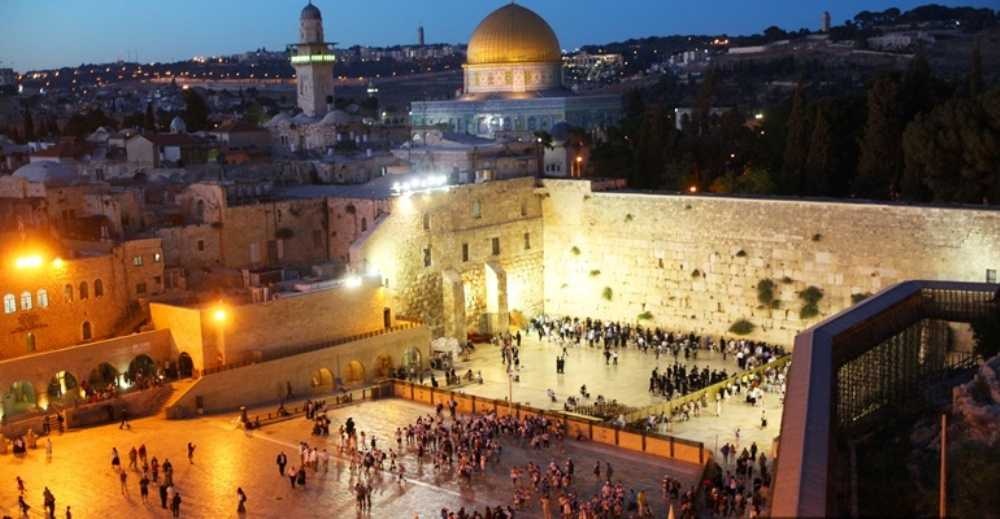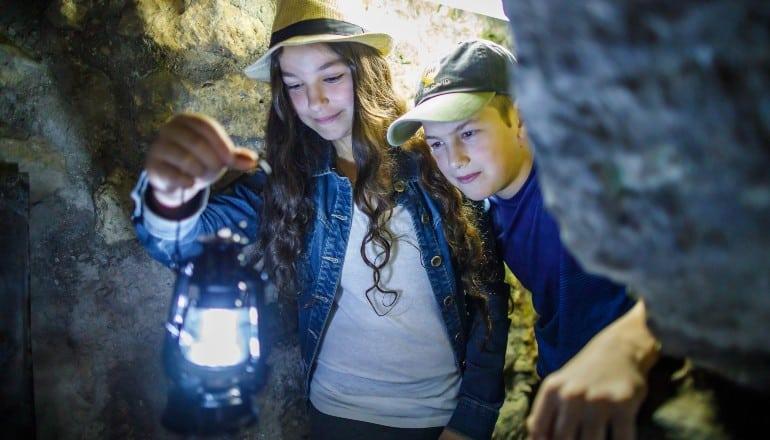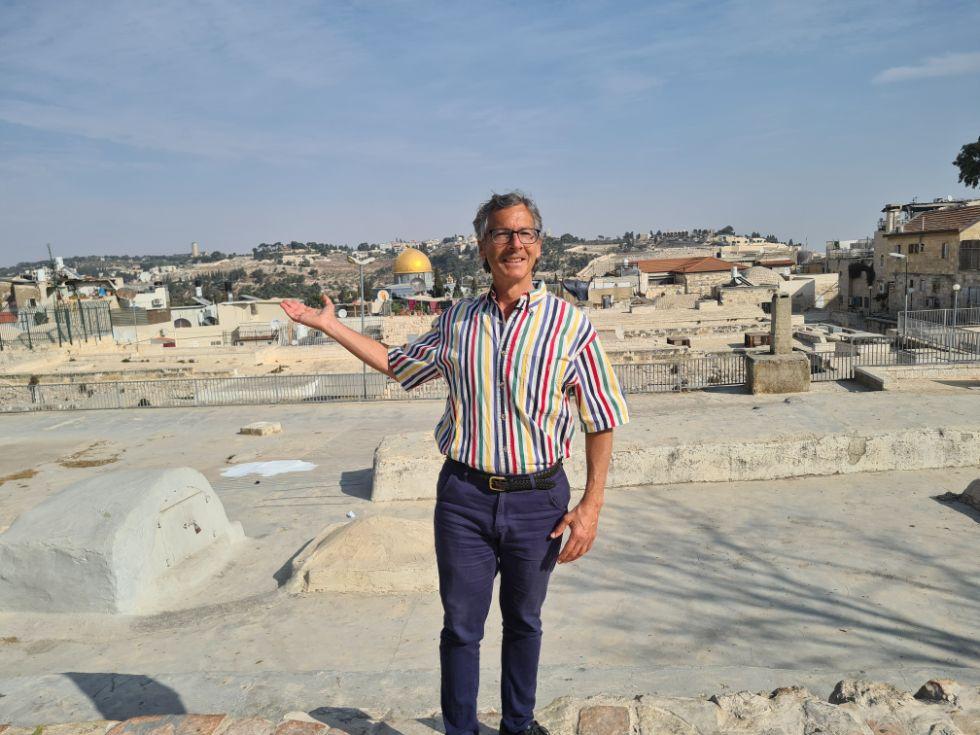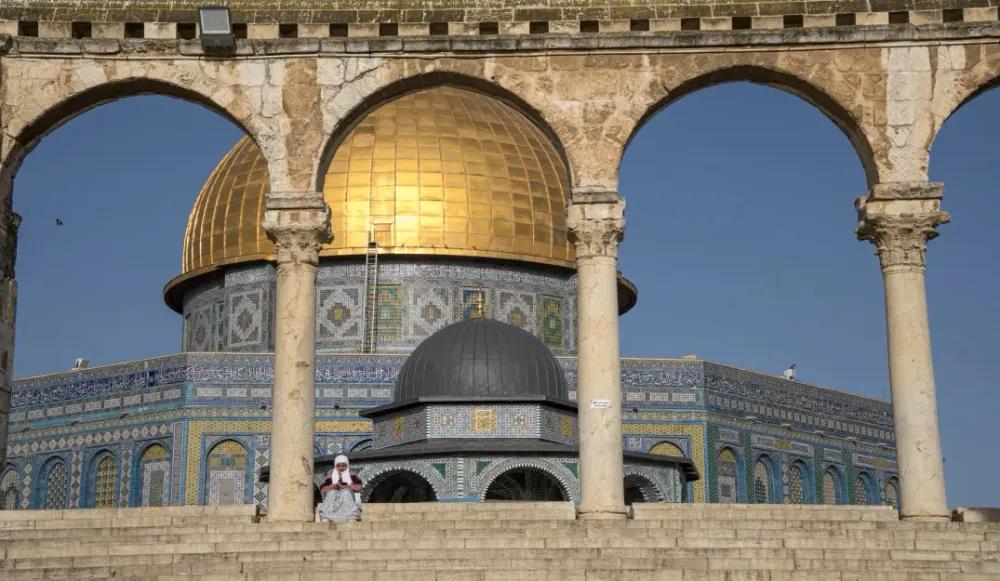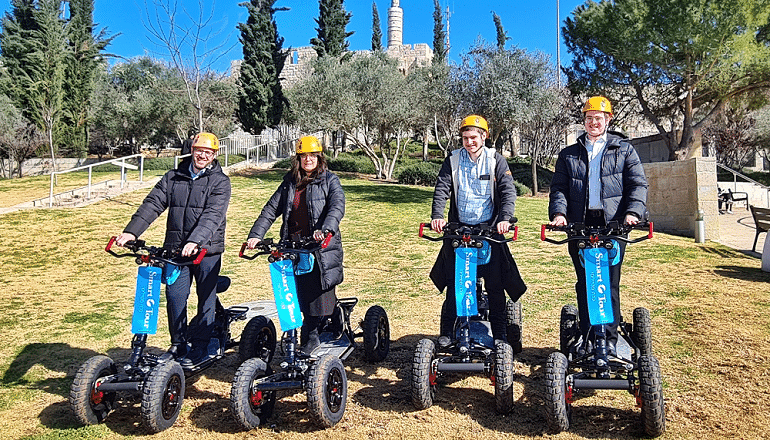Visit the Holiest Site in the Old City
It is a well-known tradition to write notes of prayer and requests and place them between the cracks of the stones in the Wall. It is also highly recommended to tour the Western Wall Tunnels, where you can explore the underground rooms and narrow passageways, revealing the full length of the Western Wall, as well as the Chain of Generations Center, where a most moving display of the Jewish chain of generations can be seen by means of spectacular artwork created from layers of glass.
Throughout the year, the Western Wall plaza is the natural and inevitable venue for many events and ceremonies, including government ceremonies, swearing-in ceremonies for new IDF recruits, special prayer sessions, and bar mitzvah celebrations.
When Herod renovated the Second Temple, built in the first century B.C.E., the Western Wall was one of four huge supporting walls. Herod built a huge courtyard on Mount Moriya, the site of the Temple. In the sixteenth century, when Jewish pilgrimage to the Temple Mount was prohibited, the Western Wall would serve as a place of prayer for the Jews; a symbol of longing for the Temple.
The Wall is built from enormous, quarried stones, whose mass ranges between two to five tons. The stones are chiseled in a way that is characteristic of the construction during the times of Herod the Great: A stone frame that is chiseled, smoothed, and slightly sunken, whereas the center of the stone protrudes outward. The original height of the Western Wall was about 30 meters, and it was approximately half a kilometer long, with the bedrock of Jerusalem at its foundation.
There were fillings and vaults built in the space between the walls and the mountain, on top of which a paved plaza was constructed with a surface area of 144,000m2, equal to the size of 12 soccer fields.
From 1948-1967, when Jerusalem was divided between Israel and the Kingdom of Jordan, access to the Wall for Jews was forbidden, so many would make a pilgrimage to King David’s tomb on Mount Zion, where they could observe the Temple Mount from the roof of the structure, in the hope to return once more to pray at the Western Wall. Following the Six-Day War, masses of people flocked to the Jewish Quarter, and especially the Western Wall. A short time thereafter, the homes in the Mughrabi Quarter that were built alongside the Wall were destroyed and a prayer plaza was constructed.









